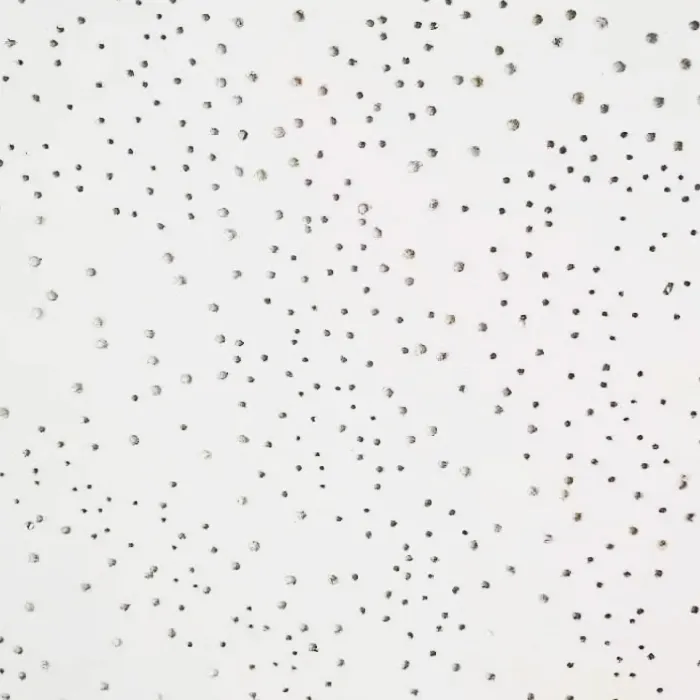- Afrikaans
- Albanian
- Amharic
- Arabic
- Armenian
- Azerbaijani
- Basque
- Belarusian
- Bengali
- Bosnian
- Bulgarian
- Catalan
- Cebuano
- Corsican
- Croatian
- Czech
- Danish
- Dutch
- English
- Esperanto
- Estonian
- French
- German
- Greek
- Hindi
- Indonesian
- irish
- Italian
- Japanese
- Korean
- Lao
- Malay
- Myanmar
- Norwegian
- Norwegian
- Polish
- Portuguese
- Romanian
- Russian
- Serbian
- Spanish
- Swedish
- Thai
- Turkish
- Ukrainian
- Uzbek
- Vietnamese
8月 . 07, 2024 19:55 Back to list
Creating Access Hatches in Plasterboard Ceilings for Easy Maintenance and Storage Solutions
Understanding Plasterboard Ceiling Hatches A Practical Guide
Plasterboard ceiling hatches are often an overlooked yet crucial element of residential and commercial construction. These hatches provide essential access to existing spaces above ceilings, such as attics, ducts, and plumbing systems. Understanding their purpose, installation, and benefits can enhance both the functionality and aesthetic appeal of any building.
What is a Plasterboard Ceiling Hatch?
A plasterboard ceiling hatch is a removable panel built into a plasterboard ceiling. These hatches enable easy access to various infrastructures that reside above the ceiling, such as electrical conduits, pipes, and insulation. Depending on the size and location, ceiling hatches can be made to blend seamlessly with the surrounding ceiling, ensuring that they do not detract from the overall design of the room.
Why Do You Need One?
1. Accessibility One of the primary reasons for installing a ceiling hatch is accessibility. Building systems like HVAC, plumbing, and electrical wiring often require maintenance or inspection. A ceiling hatch provides a direct route to these critical areas, making it easier for maintenance personnel to carry out their tasks without significant disruption to the living or working space.
2. Space Optimization In many instances, particularly in smaller homes or offices, every square foot of space is valuable. Ceiling hatches allow access to overhead systems without the need for large, intrusive openings elsewhere. This thoughtful design promotes better use of space while maintaining the ceiling’s integrity.
3. Safety Regular inspection of systems housed in ceilings can prevent costly repairs and ensure that your property remains safe. For instance, in areas prone to pests or water leaks, having a ceiling hatch allows for quicker responses to potential issues.
Installation of Plasterboard Ceiling Hatches
plasterboard ceiling hatch

Installing a plasterboard ceiling hatch is generally a straightforward process but requires attention to detail to ensure a seamless fit
. Here are the basic steps involved1. Planning Before installation, you must determine the optimal location for your hatch. Access should be convenient, and it should not interfere with lights, ceiling fans, or other fixtures.
2. Cutting the Opening Using a drywall saw, you'll cut an opening in the plasterboard ceiling based on the dimensions of your chosen hatch. Make sure to check for any hidden wiring or plumbing to avoid accidents.
3. Framing Once the opening is cut, you may need to install a frame to support the hatch. This frame should be sturdy enough to hold the weight of the hatch and any access equipment.
4. Installing the Hatch The hatch itself should be fitted into the opening and secured properly to prevent it from becoming loose over time. Ensure it aligns well with the surrounding ceiling to maintain aesthetics.
5. Finishing Touches Lastly, you may want to add a coat of paint or texture to the hatch to ensure it matches the ceiling, creating a polished appearance.
Conclusion
Plasterboard ceiling hatches are a practical and economical solution for maintaining access to critical building systems. They provide a functional means of reaching important infrastructure without compromising the aesthetic quality of a space. Whether you are renovating an existing property, building a new structure, or simply looking to improve accessibility, consider incorporating a plasterboard ceiling hatch into your plans. The benefits far outweigh the initial installation effort, ultimately leading to a safer, more efficient, and stylish space.
-
Transform Interiors with PVC Gypsum Ceiling: A Stylish, Durable, and Moisture-Resistant SolutionNewsMay.19,2025
-
The Smart Interior Upgrade: Discover the Durability and Versatility of Gypsum Ceiling Access Panel SolutionsNewsMay.19,2025
-
The Smart Choice for Interior Design: Discover the Value of PVC Gypsum Ceiling SolutionsNewsMay.19,2025
-
Mineral Fiber Ceiling Tiles: The Smart Blend of Performance and AestheticsNewsMay.19,2025
-
Mineral Fiber Ceiling Tiles: The Superior Choice Over Gypsum for Sound and Fire SafetyNewsMay.19,2025
-
Mineral Fiber Ceiling Tiles: Eco-Friendly Strength and Style for Every CeilingNewsMay.19,2025







